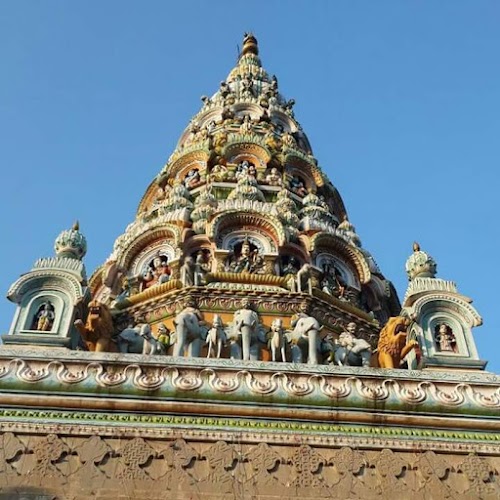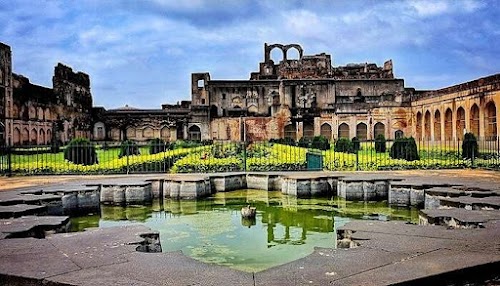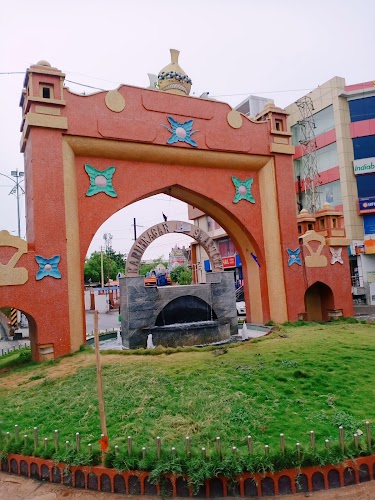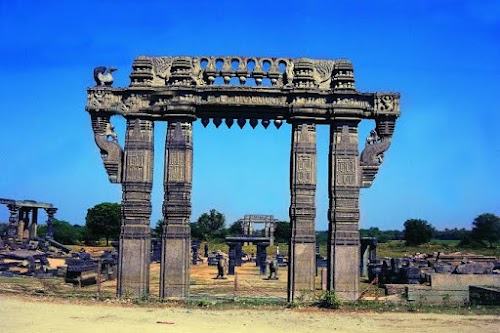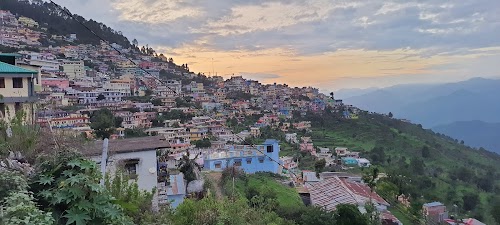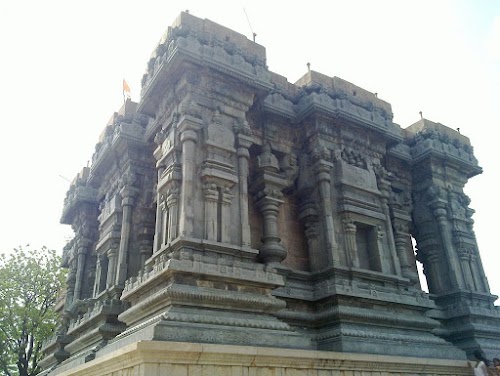
Nizamabad, India
Nizamabad, a city in Telangana, India, offers a blend of historical significance and natural beauty. Known for its rich cultural heritage, it was once ruled by the Nizams of Hyderabad. Today, Nizamabad attracts tourists with its ancient temples, historical sites, and scenic landscapes. The city provides a glimpse into the past with its impressive forts and architectural marvels. The Nizamabad Fort stands as a testament to the region's historical importance. The city is surrounded by lush greenery and picturesque lakes, making it a refreshing escape from urban life. With its unique mix of history, culture, and nature, Nizamabad promises a memorable experience for every traveler. The city is also a significant agricultural hub, known for its sugarcane and turmeric production.
Known for:
History:
Nizamabad's history dates back to the Rashtrakuta dynasty, but it gained prominence during the Nizam era. Originally known as Indur, the city was renamed Nizamabad after Nizam-ul-Mulk, the ruler of Hyderabad. The Nizam rulers significantly contributed to the city's development, constructing impressive structures like the Nizamabad Fort and various palaces. The city played a crucial role in the Telangana movement, advocating for a separate state. Nizamabad's historical sites offer a glimpse into its rich past, reflecting the influence of different dynasties and rulers. The region's history is a blend of Hindu and Muslim cultures, creating a unique historical narrative.
How to reach:
Nizamabad is well-connected by road and rail. The nearest airport is Rajiv Gandhi International Airport in Hyderabad, which is approximately 170 km away. From the airport, you can hire a taxi or take a bus to Nizamabad. Nizamabad Railway Station is a major railway junction, connecting the city to various parts of India. Several state-run and private buses also operate to and from Nizamabad, making it easily accessible by road.
Places in Nizamabad, India

Ashok Sagar
Nizamabad, India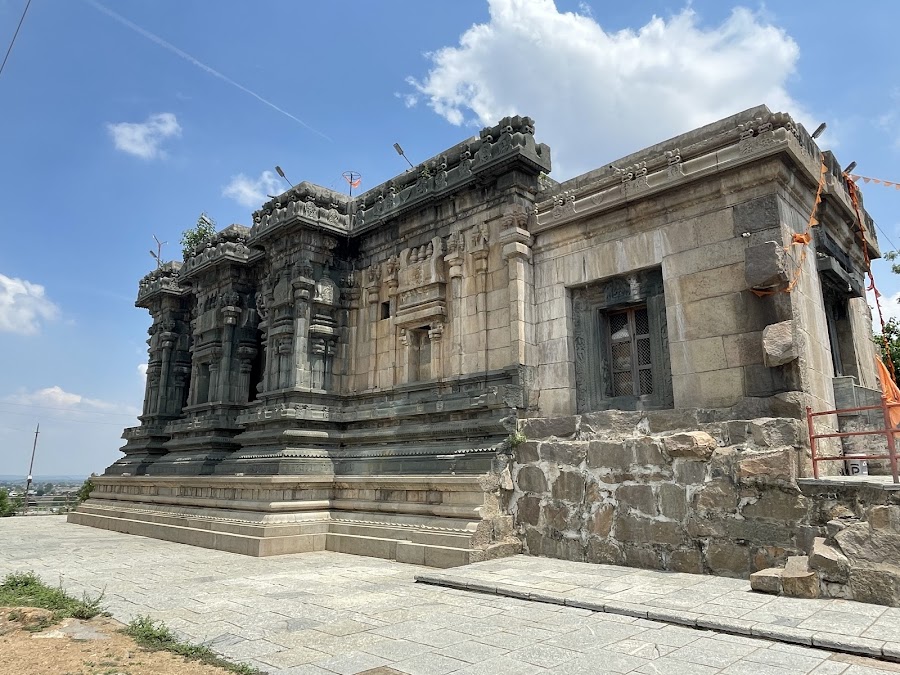
Killa Ramalayam
Nizamabad, India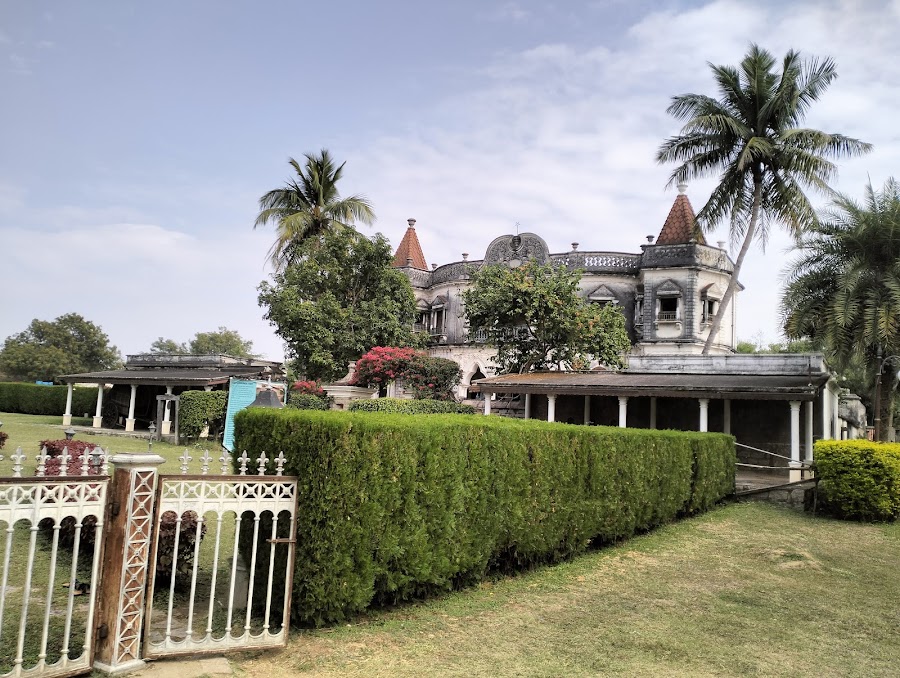
Domakonda Fort
Nizamabad, India
Pocharam Wildlife Sanctuary
Nizamabad, India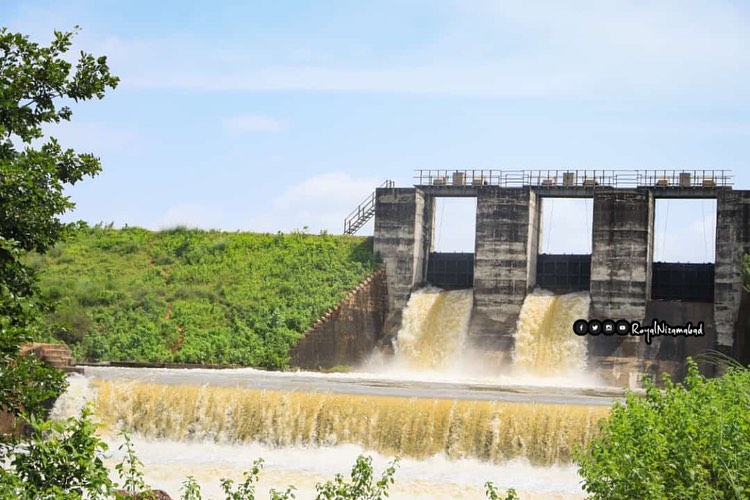
Ali Sagar Dam
Nizamabad, India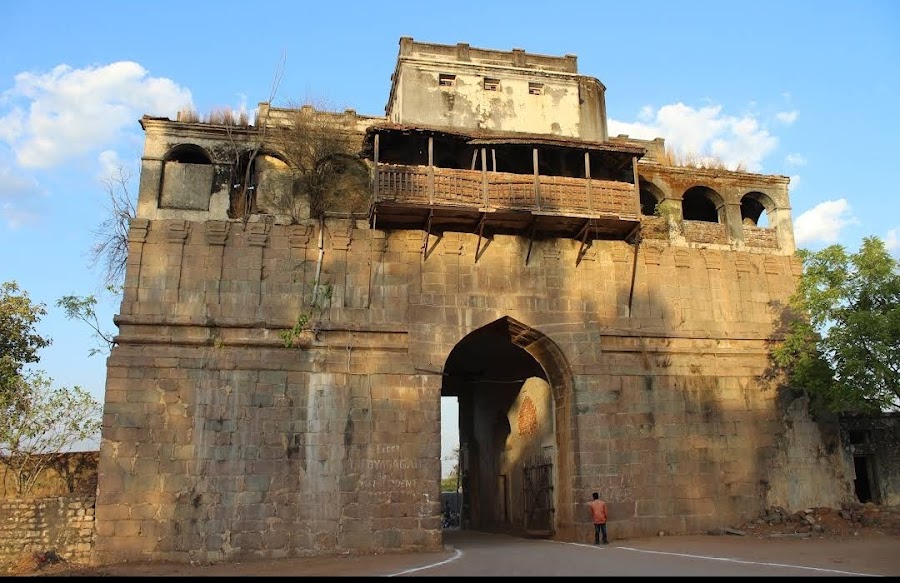
Nizamabad Fort
Nizamabad, India
Nizamabad Mini Museum
Nizamabad, India
Sri Ram Sagar Project
Nizamabad, India
